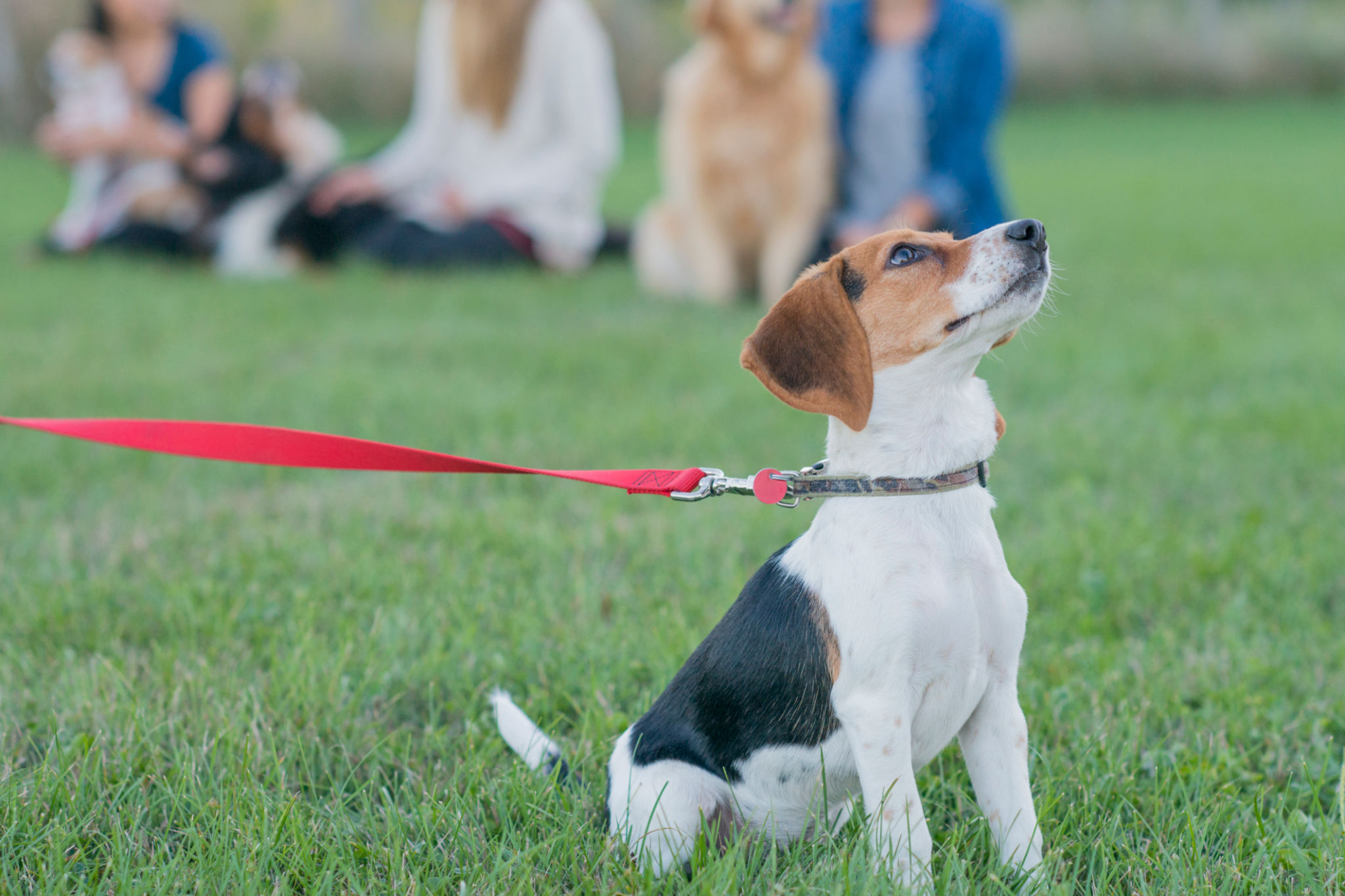The Science Behind Dog Training: Why Our Methods Work
Understanding the Basics of Dog Training
Dog training is not just about teaching your furry friend a few tricks; it's about understanding the science behind their behavior and communication. The most effective training methods are grounded in psychological and behavioral principles that consider how dogs learn and interact with their environment.
At the core of successful dog training is the concept of positive reinforcement. This approach focuses on rewarding desired behaviors, which encourages the dog to repeat those actions. It is a scientifically proven method that not only enhances learning but also strengthens the bond between you and your pet.

The Role of Conditioning in Dog Training
Conditioning is a fundamental aspect of dog training. Psychologists have identified two primary types of conditioning: classical and operant. Classical conditioning involves creating associations between a neutral stimulus and a significant event, while operant conditioning revolves around the consequences of behavior.
In operant conditioning, behaviors are modified through rewards or consequences. When a dog sits on command and receives a treat, the treat serves as a positive reinforcement for the behavior. Over time, this strengthens the association between the command and the action, making it more likely that the dog will respond correctly in the future.
Why Positive Reinforcement Works
Positive reinforcement is effective because it taps into how dogs naturally learn and behave. Dogs, like humans, are more likely to repeat actions that result in positive outcomes. By consistently rewarding good behavior, we can shape a dog's actions and responses without inducing fear or anxiety.

The Importance of Timing in Training
Timing is a critical factor in effective dog training. To ensure that dogs associate their actions with rewards, it's essential to deliver reinforcement immediately after the desired behavior. Delayed rewards can confuse dogs and weaken the learning process.
Using markers such as a clicker or a verbal cue like "yes" can help bridge the gap between the desired action and the reward. These markers let your dog know exactly when they've done something right, enhancing their understanding and speeding up the learning process.
Consistency: The Key to Success
Consistency is another crucial element in successful dog training. Consistent commands, rewards, and routines help dogs understand what is expected of them. Inconsistent training can lead to confusion and hinder progress.

Training sessions should be short, frequent, and focused. Regular practice reinforces learning and helps maintain your dog's skills over time. Remember, patience is vital; every dog learns at its own pace, and progress may vary based on breed, age, and individual temperament.
Adapting Methods to Suit Individual Needs
No two dogs are exactly alike, so it’s important to tailor training methods to suit your dog's unique needs. Understanding your dog's personality and learning style can help you choose the most effective techniques.
Some dogs may respond well to food rewards, while others might be more motivated by praise or play. By observing your dog's preferences and reactions, you can adjust your training approach to achieve better results.
In conclusion, employing scientifically-backed training methods ensures that both you and your dog enjoy a rewarding experience. By focusing on positive reinforcement, timing, consistency, and individual adaptation, you can build a strong foundation for a well-behaved and happy canine companion.
